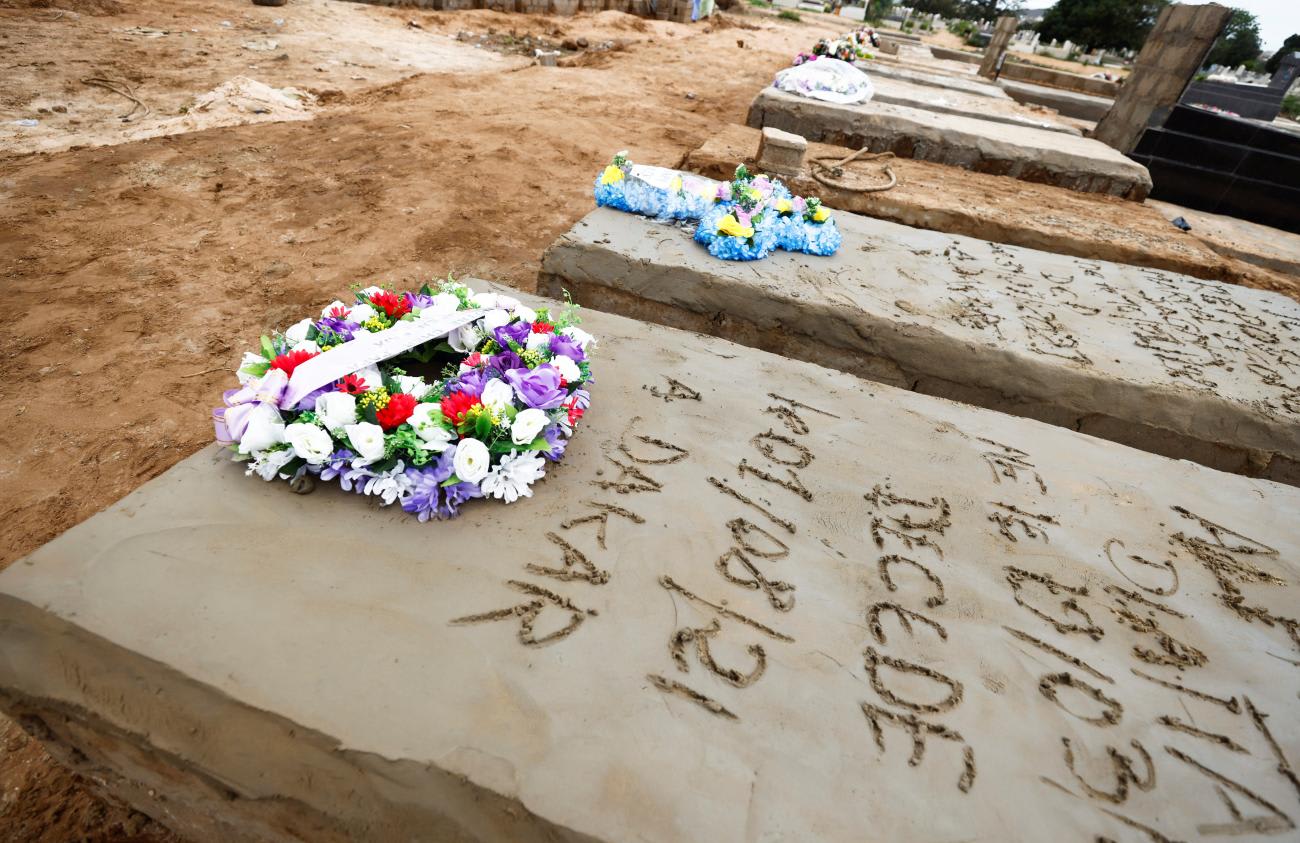The COVID-19 pandemic has been devastating worldwide. Public health systems faced severe underreporting of COVID-19 deaths and a variety of other barriers as they worked to accurately track the severity of the pandemic. During this time, many deaths both directly and indirectly related to COVID-19 were on the rise.
At the Institute for Health Metrics and Evaluation, we estimate that roughly two out of every three deaths related to the COVID-19 pandemic were not attributed to COVID-19 in official statistics in 2020 and 2021. Instead of the nearly 6 million deaths that countries and territories officially reported during this period, we estimate that over 18 million deaths were associated with the COVID-19 pandemic.
Excess death has been widely regarded as a more accurate measure of the true impact of COVID-19 on mortality than reported deaths. What is excess death exactly? It is a measure derived from looking at the number of people who died in previous years and comparing these trends to the number of people who died during the COVID-19 pandemic. It is this abnormal spike in deaths during 2020 and 2021 that we count as excess deaths.
Excess Deaths in the United States
Expected vs. observed deaths per 100,000
Excess Deaths in Australia
Expected vs. observed deaths per 100,000
Are all these excess deaths truly deaths from COVID-19? Studies suggest that most excess deaths are uncounted deaths directly due to COVID-19—though this varies by location. These deaths may go uncounted due to changes in the ways that governments track COVID-19 deaths over time; a lack of testing in certain parts or all of a country; underreporting among groups at higher risk of death for COVID-19, such as older adults; political factors within a country or territory; and a lack of consensus among medical systems on when to assign the primary cause of death as COVID-19. Excess deaths could also be due to causes other than COVID-19, yet still indirectly related, such as deferred health care due to health systems overstressed by COVID-19; and mental health disorders that accompanied the pandemic. There is only limited understanding about how extensively these other causes may have driven up the death toll during the pandemic. Future studies may reveal additional factors that we haven't yet identified.
How Countries and Territories Compare in Terms of Excess Death
Excess deaths vary widely around the world, underscoring just how differently countries and territories have fared during the pandemic. At the regional level, South Asia had the highest number of excess deaths, estimated at 5 million. Almost 80 percent of these excess deaths occurred in India, though this number is partially due to India's large population size. The second highest region, North Africa and the Middle East, had nearly 2 million excess deaths. We found that seven countries—India, the United States, Russia, Mexico, Brazil, Indonesia, and Pakistan—accounted for over half of the 18 million excess deaths worldwide.
Excess Deaths Attributable to COVID-19 by Country
The United States—the country with the second highest excess deaths after India — had an estimated 1.1 million excess deaths, but only officially reported 820,000 deaths as COVID-19. The missing deaths—almost 310,000—were either COVID-19 deaths that the country's death registration system missed or were caused by indirect effects of the pandemic.
Five countries and territories—Australia, Taiwan, Singapore, New Zealand, and Iceland—had fewer deaths than expected during the pandemic. This may be due to pandemic response policies, such as lockdowns, resulting in fewer accidents, injuries, and cases of other diseases.
In Australia, for example, we estimated 18,000 fewer excess deaths than anticipated in 2020 and 2021 combined, compared to a non-pandemic year. A similar story follows in Taiwan where we estimated 2,700 fewer deaths than anticipated over the two years. For both places, this may be due to aggressive pandemic responses that prioritized zero-COVID strategies, as well as island geographies that made it easier for the government to implement travel restrictions.
Assessing the True Severity of the Pandemic
Examining the relationship between excess deaths and reported COVID-19 deaths helps us evaluate the true severity of the pandemic. Based on our estimates of excess death, the lowest rates of reporting in the world occurred among some sub-Saharan African countries, where reported COVID-19 deaths were frequently less than 20 percent of estimated excess deaths. For example, in the Central African Republic, we believe the 101 total reported COVID-19 deaths between 2020 and 2021 severely underestimated the true magnitude of the pandemic. In fact, we estimate that only one COVID-19 death in the Central African Republic was reported for every 139 excess deaths attributable to the COVID-19 pandemic. In contrast, South Africa's official statistics had higher reporting, capturing approximately 30 percent of the deaths related to COVID-19. This is close to the global average and in line with countries such as Denmark and Ecuador.
Basing policies and decision-making on incomplete death counts is potentially ineffective and misleading. Timely reporting of vital registration data, even without cause-specific information, would allow for more rapid evaluation of the effects of policy change on both pandemic-related deaths as well as deaths from other causes. What's more, low detection and limited reporting of deaths related to COVID-19 masked the severity of the pandemic in many countries and territories, particularly during early stages. Future pandemic responses need to include the building of infrastructure and removal of political barriers to ensure accurate and comprehensive tracking of deaths.

ACKNOWLEDGEMENTS: The authors would like to thank Adrienne Chew for fact checking the post, and Professor Haidong Wang, Annie Chan, and Catherine Bisignano for providing feedback.
EDITOR'S NOTE: The authors are employed by the University of Washington's Institute for Health Metrics and Evaluation (IHME), which produced the COVID-19 estimates described in this article. IHME collaborates with the Council on Foreign Relations on Think Global Health. All statements and views expressed in this article are solely those of the individual authors and are not necessarily shared by their institution.












